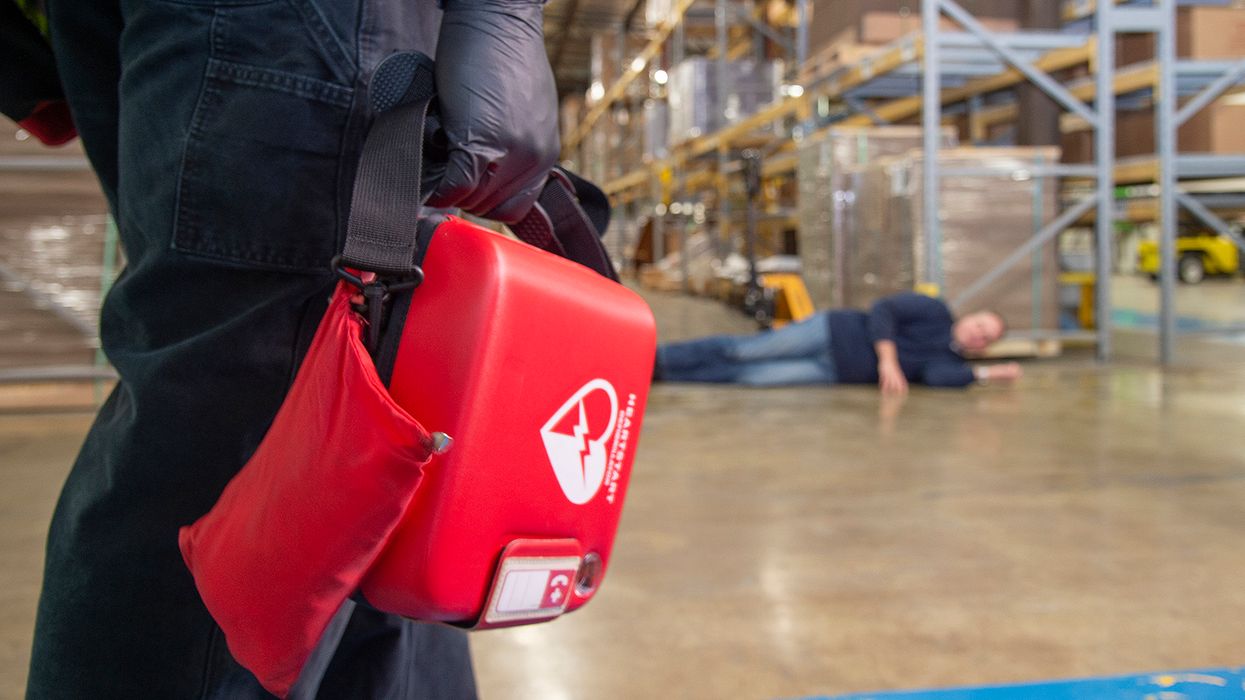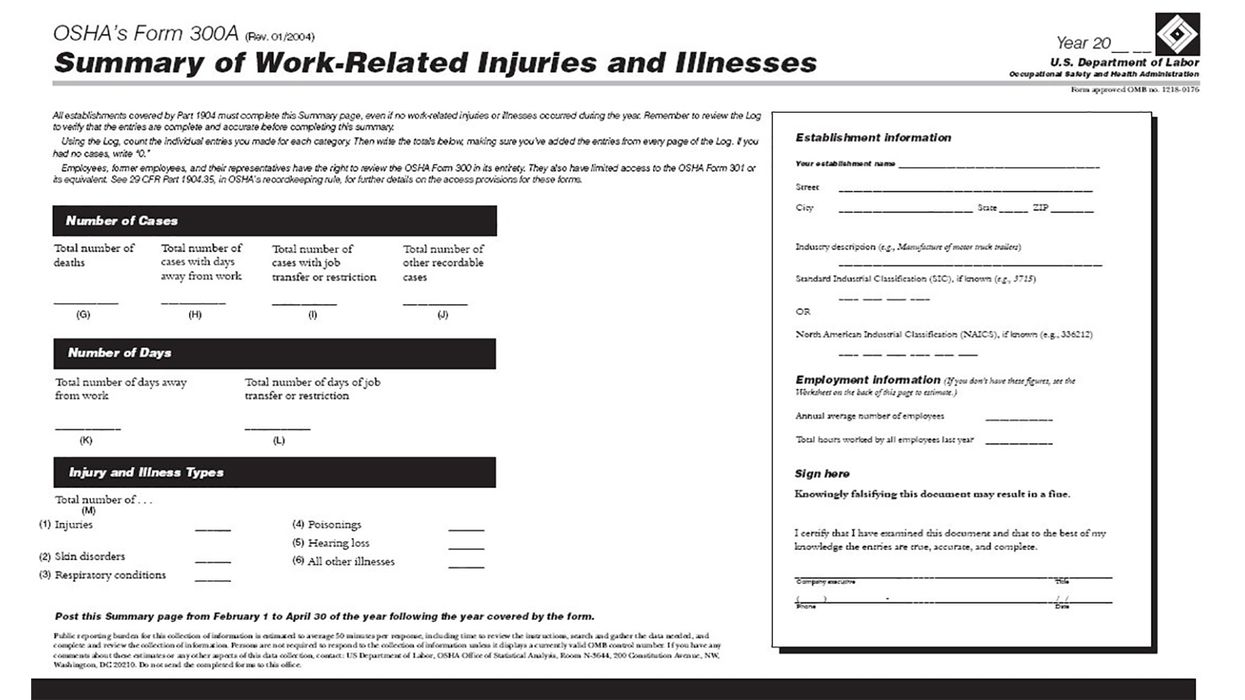Training soon? Tips to help avoid meaningless handouts
The use of informational handouts during a training session is one of the more common and cost-effective learning tools used by trainers.
When used appropriately, handouts can help reinforce the message being presented and give drivers something of value to refer to after the training session has concluded.
Unfortunately, all too often, handouts are distributed without much meaning to the student. They are not referenced after the training session and often make a quick trip to the recycle bin.
When creating or selecting handouts to distribute, relevancy and readability must be considered.
Relevance
A handout needs to be meaningful to both you and your drivers. Make sure the handout specifically addresses the issue or topic being presented. If the handout isn’t relevant, it will have little meaning to your drivers during or after the training session.
Keep the message you are presenting in mind when selecting or creating a handout.
Readability
The clearer the handout, the better the chance that your drivers will understand the concept you are trying to convey. A handout should:
- Be brief and to the point (not wordy);
- Highlight key points;
- Have readable type — a type size that is large enough to read and a font that is easy on the eyes;
- Have a limited number of variations in type size and font — too many fonts and/or type sizes make a handout look busy, cluttered, and hard to read; and
- Include basic photos, illustrations, charts, and graphs to help explain a difficult concept (when applicable).
Also, make sure all photocopies are clear. An unclear photocopy is a distraction during your training session and a driver is less apt to refer to the document after the session.
Key to remember: A handout can be a valuable tool that can be referenced long after a training session is complete. Make sure your handouts are relevant and readable.




















































